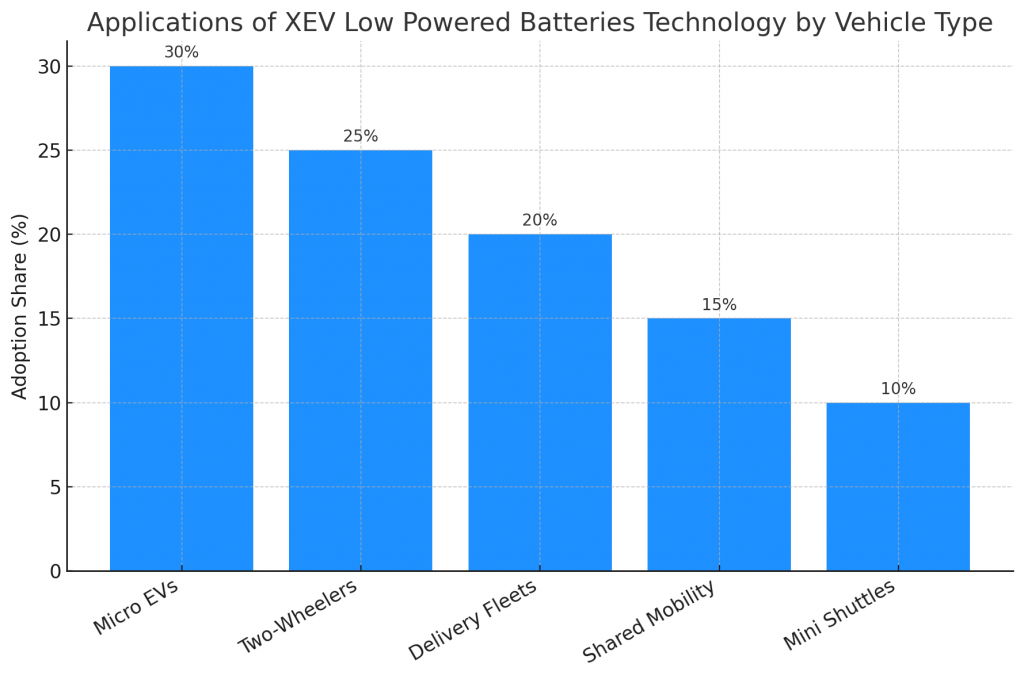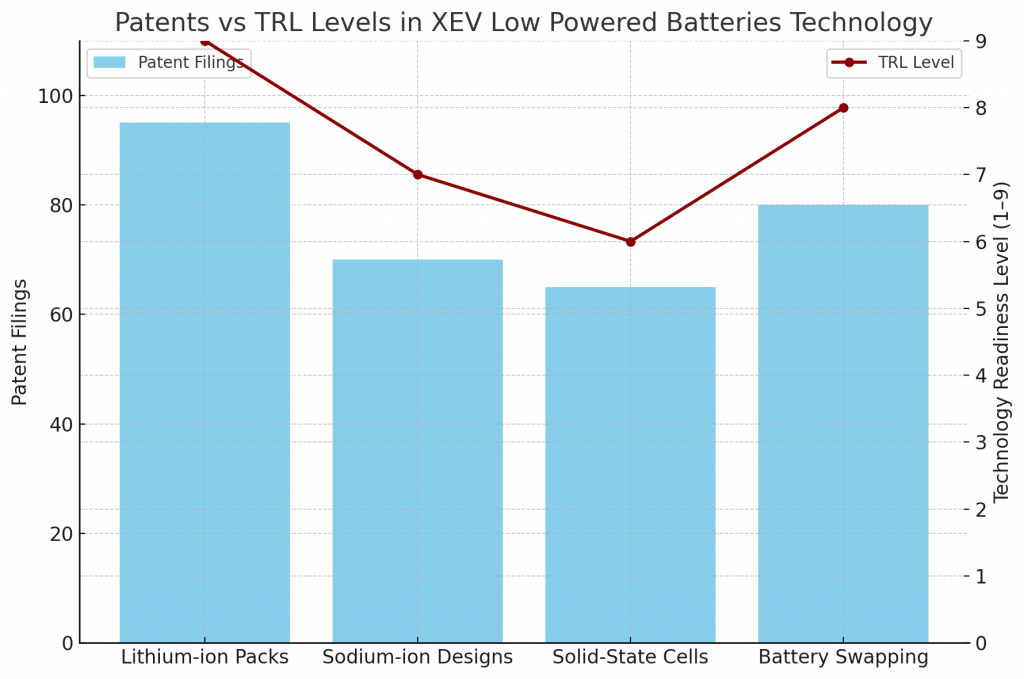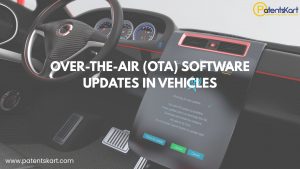The electric vehicle (EV) market is evolving at an unprecedented pace. While much of the focus has been on high-capacity batteries for long-range EVs, a parallel innovation is emerging to serve urban mobility—XEV low powered batteries technology.
Designed specifically for compact electric vehicles and city commuting, XEV low powered batteries technology emphasizes efficiency, affordability, and sustainability. This shift reflects the growing demand for lightweight, cost-effective solutions that align with the needs of urban populations.
What Is XEV Low Powered Batteries Technology?
XEV low powered batteries technology refers to advanced energy storage systems designed for small, lightweight electric vehicles such as microcars, scooters, and urban delivery vehicles. Unlike traditional EV batteries that prioritize range, these batteries prioritize:
- Lower power consumption for short-range urban commutes.
- Compact size and weight to reduce vehicle mass.
- Cost efficiency to make EVs affordable for wider markets.
- Sustainability by using recyclable and lower-impact materials.
This makes it a pivotal innovation for the growing urban mobility segment.
Why Is XEV Low Powered Batteries Technology Important?
The importance of XEV low powered batteries technology lies in addressing key challenges in the EV sector:
- Urban demand: Most city trips are under 30 km, making high-capacity batteries unnecessary.
- Affordability: Smaller batteries lower vehicle prices, boosting adoption.
- Sustainability: Reduced material use decreases environmental impact.
- Lightweight design: Improves energy efficiency and reduces charging needs.
- Market accessibility: Expands EV adoption in emerging economies.
This approach ensures that EVs are not just high-end products but accessible to mass markets.
How Does XEV Low Powered Batteries Technology Work?
The functioning of XEV low powered batteries technology is built on optimizing energy density and vehicle integration:
- Battery chemistry: Focus on lithium-ion, solid-state, and emerging sodium-ion solutions.
- Energy management systems: Smart controllers optimize charging and discharging cycles.
- Vehicle integration: Batteries designed to fit compact EV structures.
- Fast charging: Lower capacities allow quicker charging times.
- Safety features: Enhanced thermal management to ensure reliability.
By optimizing for urban needs, this technology creates practical solutions for everyday commuters.
What Are the Benefits of XEV Low Powered Batteries Technology?
Key benefits include:
- Lower cost per vehicle: Reduced material and production expenses.
- Eco-friendly design: Smaller carbon footprint during manufacturing.
- Rapid charging: Quick turnarounds for fleets and personal vehicles.
- Lightweight systems: Enhanced maneuverability and energy efficiency.
- Scalable adoption: Makes EVs viable for developing economies.
These advantages showcase why XEV low powered batteries technology is central to the future of urban EVs.
What Are the Applications of XEV Low Powered Batteries Technology?
Applications are diverse across mobility sectors:
- Micro EVs: Compact city cars for daily commutes.
- Two-wheelers: E-scooters and motorcycles for personal mobility.
- Delivery fleets: Lightweight vans and bikes for last-mile logistics.
- Shared mobility: Ride-sharing and rental EV platforms.
- Public transport pilots: Mini EV shuttles in urban districts.

This broad application range underscores the versatility of the technology.
Which Companies Are Leading in XEV Low Powered Batteries Technology?
Several corporations are investing in this niche:
- CATL: Compact battery packs for micro EVs.
- BYD: Affordable batteries for lightweight urban vehicles.
- Panasonic: Research into low-powered solid-state solutions.
- NIO: Developing scalable battery swapping for compact EVs.
- XEV (Automaker): Specialized in 3D-printed micro EVs powered by low-capacity batteries.
These leaders show the global momentum behind XEV low powered batteries technology.
Which Startups Are Innovating Rapidly?
Startups are pushing disruptive solutions:
- Gogoro: Battery-swapping systems for scooters.
- Ather Energy: Lightweight lithium-ion packs for two-wheelers.
- Ola Electric: Affordable EV batteries for India’s urban market.
- Sun Mobility: Modular battery-swapping technology.
- InoBat Auto: Customized small-scale EV batteries.
Their innovations expand the reach of XEV low powered batteries technology worldwide.
What Do Patents and TRL Levels Indicate?
Patent activity shows innovation in:
- Sodium-ion and solid-state chemistries.
- Compact thermal management systems.
- Battery swapping mechanisms.
- Smart BMS (Battery Management Systems).
Technology Readiness Levels (TRLs):
- Lithium-ion compact packs: TRL 9, fully commercialized.
- Sodium-ion designs: TRL 6–7, in pilot stages.
- Solid-state low-powered cells: TRL 5–7, under development.
- Battery swapping systems: TRL 7–9, rapidly scaling.

This highlights both maturity and exciting areas of growth.
What Are the Challenges in Adoption?
Challenges include:
- Range anxiety: Lower range may deter some users.
- Market perception: Small batteries seen as “less advanced.”
- Infrastructure gaps: Lack of battery-swapping stations in some regions.
- Recycling systems: Need for scalable recycling methods.
- Competition: Larger EV models dominate media and investment attention.
Addressing these issues is essential to mainstreaming XEV low powered batteries technology.
What Is the Future Outlook?
The outlook is highly positive:
- Short term (1–5 years): Urban markets expand with micro EVs and scooters.
- Medium term (5–10 years): Wider adoption of sodium-ion and solid-state chemistries.
- Long term (10+ years): Battery-swapping and circular recycling models dominate.
This confirms XEV low powered batteries technology as a cornerstone of sustainable city mobility.
How Can PatentsKart Help?
PatentsKart empowers innovators in XEV low powered batteries technology with:
- Patent landscaping to map innovation opportunities.
- Competitor benchmarking to monitor global leaders and startups.
- Freedom-to-operate studies to minimize risks.
- TRL benchmarking to gauge maturity.
- Commercialization strategies to accelerate adoption.
This ensures stakeholders stay ahead in EV innovation.
Conclusion
The global shift to EVs requires tailored solutions for different markets. XEV low powered batteries technology provides the affordability, sustainability, and practicality needed for urban mobility.
By making EVs accessible and scalable, this innovation ensures the clean transport revolution includes everyone—from city commuters to emerging economies.
FAQs About XEV Low Powered Batteries Technology
Q1. What is XEV low powered batteries technology?
It is a compact, cost-efficient battery system designed for small and urban EVs.
Q2. Why is this technology important?
It ensures affordability, sustainability, and wider EV adoption.
Q3. Which companies are leading?
CATL, BYD, Panasonic, NIO, and XEV automaker.
Q4. What challenges exist?
Range anxiety, infrastructure gaps, and recycling issues.
Q5. How can PatentsKart help innovators?
By offering IP insights, TRL analysis, and commercialization support.
Q1. What is XEV low powered batteries technology?
It is a compact, cost-efficient battery system designed for small and urban EVs.
Q2. Why is this technology important?
It ensures affordability, sustainability, and wider EV adoption.
Q3. Which companies are leading?
CATL, BYD, Panasonic, NIO, and XEV automaker.
Q4. What challenges exist?
Range anxiety, infrastructure gaps, and recycling issues.
Q5. How can PatentsKart help innovators?
By offering IP insights, TRL analysis, and commercialization support.







